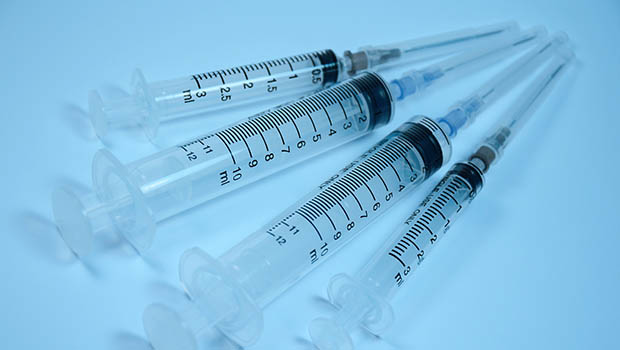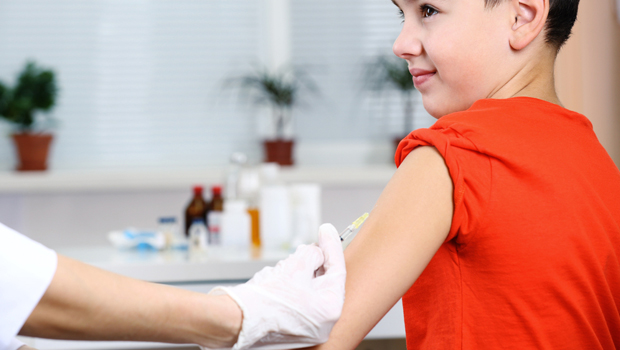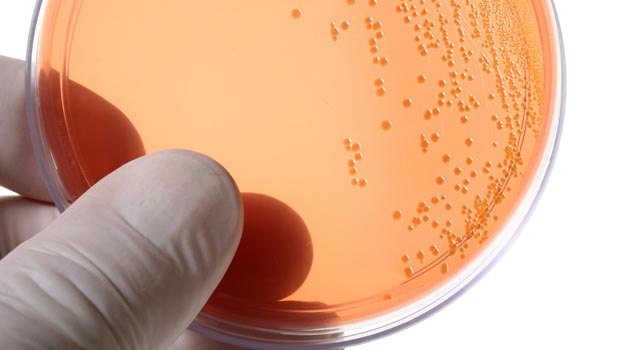Four-Legged Islet Factories: The Pigs of Auckland Island
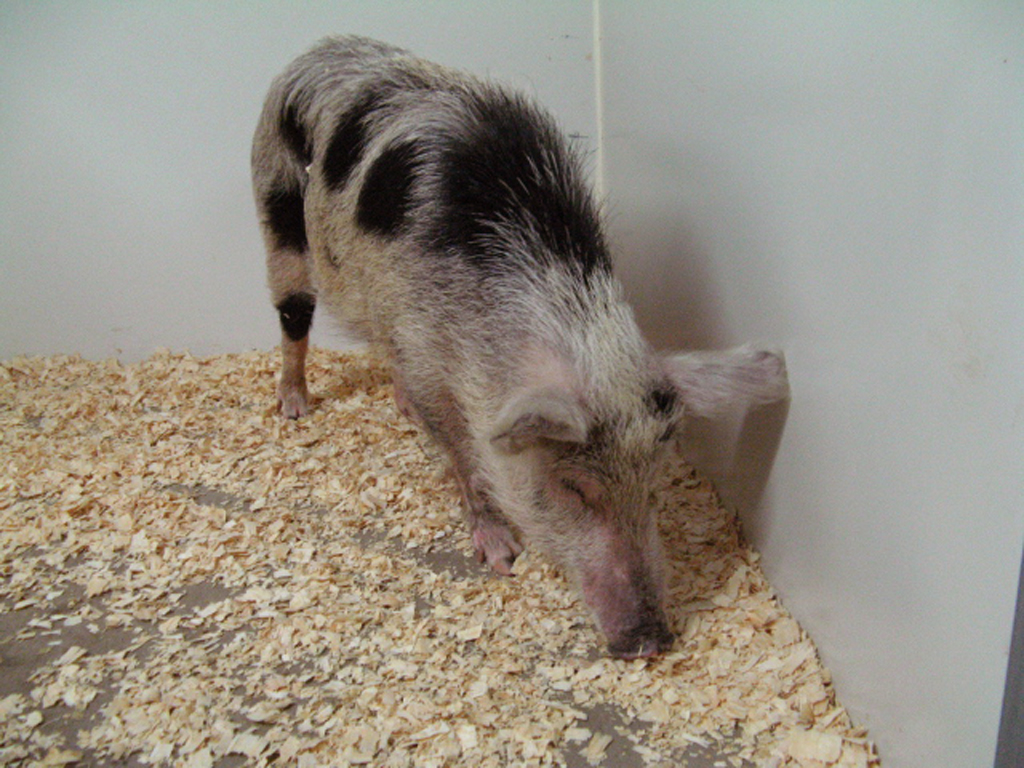
Connecting shipwrecked sailors from the 19th century to a potential cure or long-lasting implantable therapy for Type 1s may seem a stretch. But Living Cell Technologies (www.lctglobal.com), a New Zealand company focused on porcine islet cell encapsulation and implantation to replace beta cells in Type 1 diabetics, might not exist without the concern of Captain Abraham Bristow for the welfare of castaways in 1807. That’s when Bristow released a small herd of pigs on Auckland Island, a remote place halfway between New Zealand and the Antarctic, whose rocky approaches spawned many shipwrecks among seal and whaling parties in the 19th century. Out of a similar concern for stranded mariners, more pigs were introduced to the island before 1850. But by 1899, the shipwrecked sailors were gone, and only the pigs remained.

It would be hard to build a laboratory with a more pristine environment. Long before scientists and physicians understood the importance of sterilization or had any notions about breeding pathogen-free animals, the pigs of Auckland Island were busy reproducing themselves without contamination by any human-borne viruses or diseases. The Auckland Island pigs thrived and multiplied, to the point where they threatened the entire ecosystem of the island. By the mid-1980s, conservation and wildlife officials in New Zealand decided to cull the herds and to bring some pigs back to the mainland for study. At that point, the Auckland Island pigs were deemed the only virus-free pigs on the planet. At an estimated value of $350,000 each, they’ll never be used for bacon.
In 1986, Living Cell Technologies (LCT), acquired the company’s first herd of 8 Auckland Island pigs. The company has been breeding pathogen-free pigs for use as a source of islet cells for transplantation into people with diabetes since 1986. “LCT was the first company to enter clinical trials using these therapeutic porcine cell implants, so we’ve really led the field in this work,”according to Andrea Grant, now LCT’s Managing Director and CEO. The company’s flagship product is Diabecell®, an implantable diabetes therapy using encapsulated porcine islets. After transplantation, the islets promote new beta cell growth and ward off immune system attack, without using immunosuppression therapy, in people with Type 1 diabetes.
After testing Diabecell® in mice and monkeys, LCT’s first porcine islet transplant into a person was done in 1996. The recipient, Michael Helyer, is still alive and well, and has reduced his insulin dose dramatically. “Amazingly, a biopsy done in 2009 revealed that some of the transplanted islet cells are still alive,” says Grant.
Therapy For “Brittle” Type 1s

Heyler’s long-term response to porcine islet transplantation was not full diabetes remission, but a dramatically reduced need for injected insulin. He might not have qualified for islet transplantation under the current system, which is based on the tiny supply of available pancreases from human donors. “Less than 200 such procedures are performed per year,” says Grant. “Six pancreases from deceased donors are needed for every one transplant,” she adds.
By contrast, the porcine pancreas and islet cell supply is potentially endless. With three litters per year, and an average of 10 piglets per litter, pig populations increase rapidly. The primary benefit of harvesting a potentially limitless supply of porcine islets is the promise of cell transplantation as long-term therapy, using minimally invasive surgery, for millions of Type 1s. Grant’s hope is that readily available encapsulated porcine islets could enable such therapy for millions of diabetics who suffer from hypoglycemic unawareness, a problem that affects as many as a million Type 1s in the U.S. alone.
Hypoglycemic unawareness occurs when the body fails to release epinephrine, a hormone that helps people sense a developing low by causing sweatiness, shakiness and weakness. The “warning signs” of released epinephrine allow those affected to give themselves fast-acting, glucose-rich foods, to ward off a potentially dangerous, even fatal, hypo event. People who suffer from hypo unawareness are potentially in great danger of lows that render them helpless to help themselves, or even to explain to others what they need to recover.
Porcine islet cell availability could greatly increase the number of islet transplants, resulting in reduced hypoglycemic incidents, reduced insulin dosage, or even an injection-free life for many patients. “Not all diabetics would seek out a transplant for those reasons,” notes Grant. “But the 5% – 15% of diabetics who are considered ‘brittle,’ including those suffering from life-threatening episodes of unaware hypoglycemia, probably would.”
Life Imitating Art
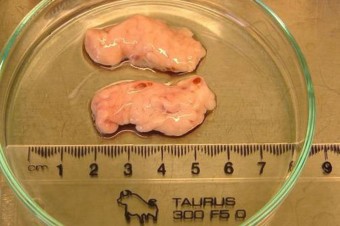
When British novelist George Orwell wrote Animal Farm in the 1940’s, he put pigs at the center of the plot. Orwell might not have known much about the biological similarities between pigs and people, but research on pigs holds great relevance for humans. For more than 60 years preceding the availability of synthetic insulin, injected insulin came primarily from pigs, whose insulin differs by only one amino acid from human insulin. Pigs have been useful in replacing various human body parts, including brain cells, heart valves, skin grafts for burn patients, and cartilage. Pig islets also produce about the same profile and amount of insulin in response to various diets as humans. Because diabetes affects pigs very much like it does humans, they are often preferred for diabetes research.
According to an October 2011 article in Current Diabetes Reports, porcine islet cells may even be superior to human cells in some respects, including lower sensitivity to destruction by recurrent autoimmunity, and the fact that pig islet cells do not accumulate amyloid, a toxin that can induce cell death. Finally, unlike humans, pig donors can be genetically modified to further improve islets for transplantation purposes.
As a result, transplanting pig islets into humans seemed to LCT’s founders, including Bob Elliott, its Medical Director, like a logical extension of injecting pig insulin. At LCT, islet cells are taken from live, anesthetized neonatal 4- to 17-day-old piglets that are euthanized immediately following the surgery. “Pig islets are less well-separated from the surrounding pancreas, and thus more difficult to purify from the other cells,” says Elliott. “This difference is less marked in islets from animals less than 2 weeks old—hence our use of neonatal piglets. Neonatal islets are also more robust in low oxygen conditions—often encountered during implantation.” Another advantage to LCT’s process is immediate availability. “We isolate and prepare the cells rapidly; since the pancreata don’t need to be transported to us, the cells are fresher than they would be with human donors,” adds Grant.
Like other groups working on protecting transplanted islets from immediate immune system attack, LCT’s competitive advantage (besides the pathogen-free pigs) is a proprietary technology that insulates the cells within jelly-like capsules. “We are continually improving our methods for isolating, encapsulating, transporting, and transplanting pig islet cells,” says Grant. “We have found the optimal scenario to be two transplants of 10,000 encapsulated live islet cells each, three months apart, using a simple laparoscopic procedure. And we’ve found the optimal transplantation site is the peritoneum, which has a highly oxygenated blood supply.” The peritoneum both supports the abdominal organs and serves as a conduit for their blood vessels, lymph vessels and nerves.
Encouraging Results
LCT has conducted human trials using its encapsulated pig islets in Russia, New Zealand, and Argentina. About 40 people have received transplants, and clinical benefits of the double implant of 10,000 islet doses described above include “up to a 70% reduction in unaware hypoglycaemia events, and the average insulin dose reduced by 20%,” according to Grant. “We’re now in late-stage clinical trials in New Zealand and Argentina,” she goes on to say, “and are on track to bring our product to market in 2016. We’d love to get approval within the United States. Once we obtain registration in New Zealand, we’ll be in a better position to begin discussions with the FDA.”
Recently LCT entered into a partnership with Otsuka Pharmaceuticals of Japan. “Our joint venture, Diatranz-Otsuka Ltd., has been key to accelerating the research and development of our products so we can bring them to market,” says Grant. LCT is now listed on both the Australian (ASX:LCT) and international (OTCQX:LVCLY) stock exchanges. “Our work was considered a bit ‘out of left field’ for a while, but over the last few years, we are seeing other research groups following our lead,” says Grant. “We believe we have something of real value to offer—something that can change the paradigm for treating diabetes.”

